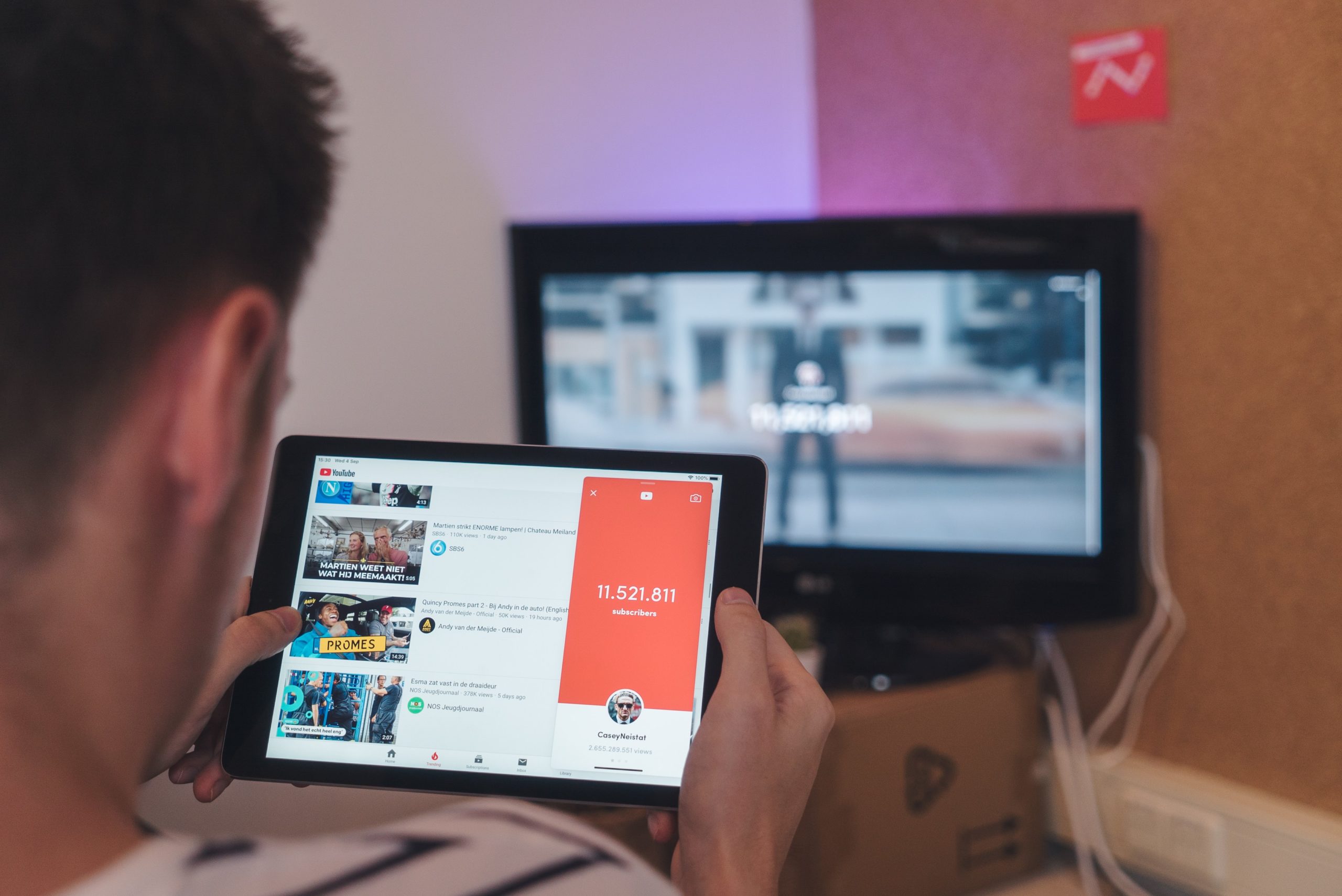
[INFOGRAPHIC] 5 Ways YouTube Content Can Be Safe, But Not Suitable For Your Advertising Strategy
December 7, 2023Over the past few years, YouTube has aggressively rolled out new updates and features to ensure advertiser safety. They have expanded their machine learning and human review process, launched three inventory modes to suit advertiser’s safety goals, and raised the bar for monetizing channels. As a result, the Global Alliance for Responsible Marketing’s (GARM) Aggregated Measurement Report found that YouTube was over 99% safe for advertisers.
Advertisers can feel confident that their YouTube advertising is overwhelmingly appearing in safe contexts, but this doesn’t take suitability into account. Brand suitability requires a more nuanced approach than simply avoiding inappropriate content, requiring advertisers to understand and evaluate what content is actually a good fit for their advertising. After all, what’s perfectly acceptable for one brand can be unsuitable for another.
Recently, Pixability analyzed a random sampling of YouTube videos for our latest study and found that 31% of ad-eligible, brand safe videos may actually be unsuitable for the average advertiser. And when we surveyed media agency executives about their approach to brand safety and suitability, respondents estimated that 37% of campaign impressions may land on unsuitable content without brand suitability measures in place, a very similar number to what we found in our analysis. It’s clear that without a rigorous approach to brand suitability, advertisers run the risk of their ads appearing against content that doesn’t align with their brand, even if it’s ostensibly safe for advertising.
How can content be otherwise safe, but not necessarily suitable for the average advertising strategy? Here are 5 things to consider when determining how suitable content is for your brand:
Misaligned Risk
When content is tangentially related to unsafe content categories, advertisers should take GARM’s new content framework into consideration to understand how risky the content is. For example, a Beastie Boys music video might include foul language — which can be classified as medium-risk, so suitable for some brands, but not others.
Controversial Influencer
Sometimes, a content creator’s channel may look entirely safe and suitable. But a creator’s personal brand includes more than just their YouTube presence, and controversial political views and inflammatory statements shared on other platforms may make their content unsuitable for advertisers looking to stay away from controversy. A perfect example of this is Amanda Ensing, when she tweeted support for the January 6 insurrection at the United States Capitol building, landing her — and her sponsor, Sephora — in hot water.
Misaligned Tone or Subtopic
Some content simply doesn’t fit an advertiser’s message or strategy. For example, while vegan cooking content is perfectly safe for advertisers, it may not make perfect sense for a quick service restaurant brand that specializes in burgers. Likewise, content about tow trucks may be safe, but not appropriate or relevant for a luxury auto brand.
Brand Mention
Content that specifically addresses brands may not always be a good fit for advertising. A brand may not want to advertise on content presenting negative reviews about their brand, or positive reviews of the competition. Therefore, advertisers should tread cautiously when advertising against content that includes brand mentions, or avoid entirely.
Made For Kids Content
Content that’s made for children may be suitable and family friendly, but it may not work for all advertisers — for example, an alcohol brand wouldn’t want to appear on content for kids. Not all content that’s made for children is tagged appropriately, either, as creators of children’s content are required to identify it as such. Advertisers should consider working with third party partners if avoiding children’s content is critical.
Overall, advertisers should remember that there is no one-size-fits-all solution for brand safety and suitability. Advertisers need to deeply consider what makes sense for their brand, and adopt a more flexible approach to balance and drive video ad performance, scale, and brand suitability on YouTube.
Download this helpful infographic to share with your colleagues and help them understand how content can be safe, but not necessarily suitable for your brand. And click here to download the full report to find out what every advertiser needs to know about brand suitability, safety, and performance on YouTube.